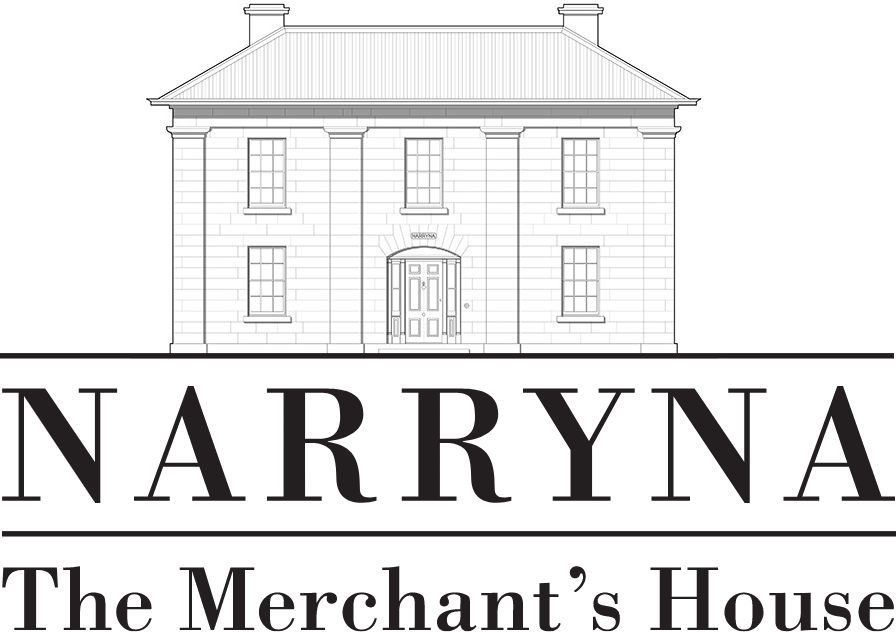16 June to 13 November
Narryna’s Winter 2021 program, Pills, Potions and Pandemics, explores Tasmania’s social history through the ‘kill or cure’ experience of pre-modern healthcare.
Narryna’s 19th century residents – Captain Haig, Elizabeth Haig, their children and convict servants – were subjected to a range of treatments including bloodletting and emetics to 'even out' the balance of the four humours or liquids that were believed to regulate the body and emotions. The humours were blood, yellow bile, phlegm and black bile. They corresponded with four basic personality types: sanguine, choleric, phlegmatic and melancholic. This understanding of the body reflected few advances in medical science since the Greek philosophers of the 4th century BCE.
They were furthermore administered harmful substances such as opiates and mercury. To receive no attention from the surgeon or apothecary was generally more beneficial.
Plagues and pandemics have been with us since ancient times. The word, quarantine, comes from 40 days’ isolation if arriving in Venice on an infected ship. Before the recognition of bacterial infection in the 1870s (and viruses in the 1890s), it was believed that diseases such as typhoid were transmitted by foul smells (miasmas).
Houses such as Narryna, in elevated positions and open to sea breezes, were regarded as healthy. Hence George Washington Walker’s decision to move his family to Narryna in the early 1850s, away from the low-lying areas of central Hobart around the polluted Hobart Town Rivulet.
Join us for this special exhibition with special ‘white gloves’ / blue gloves tours examining rich collections of artefacts from the collections of Narryna and COMA (Collection of Medical Artefacts) Tasmania.

